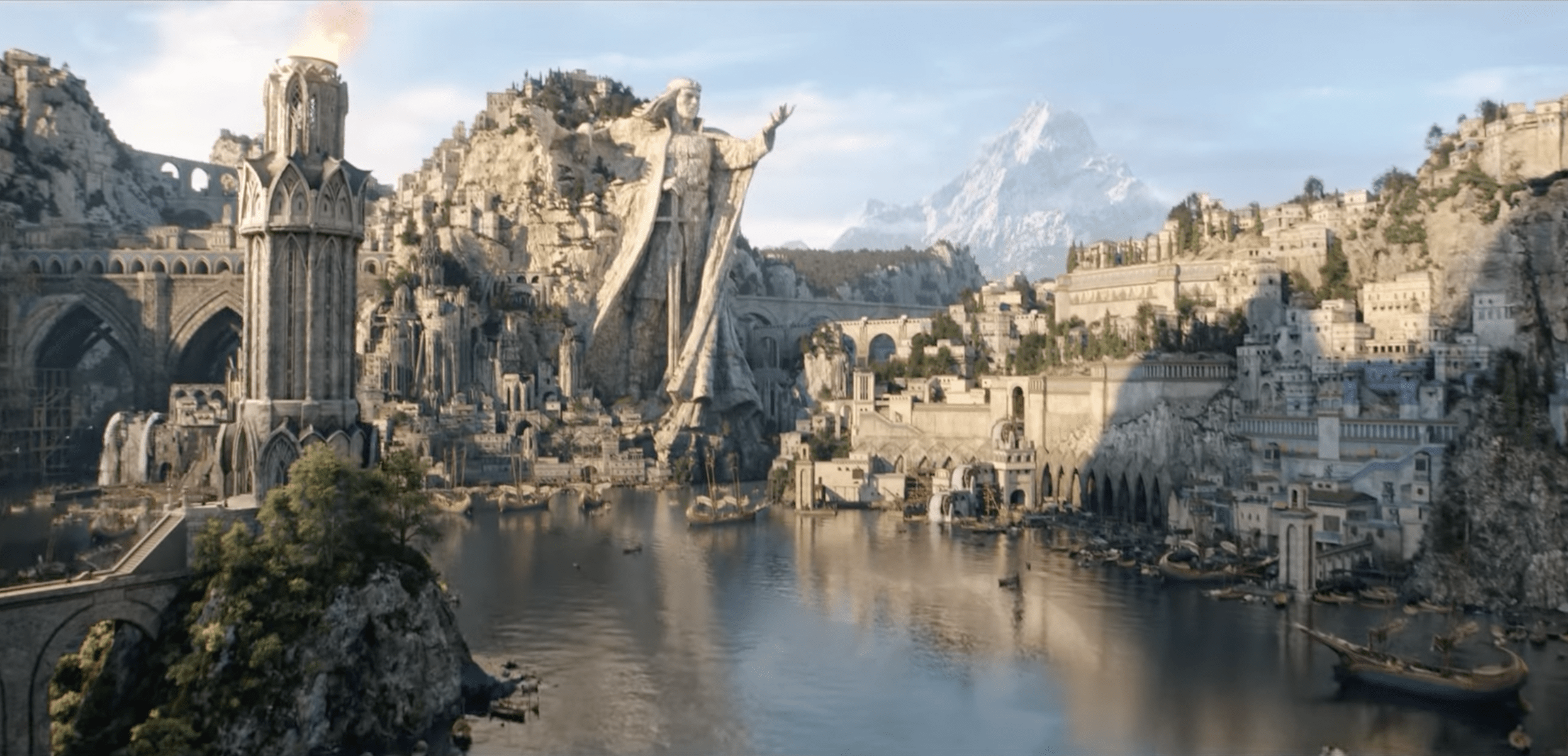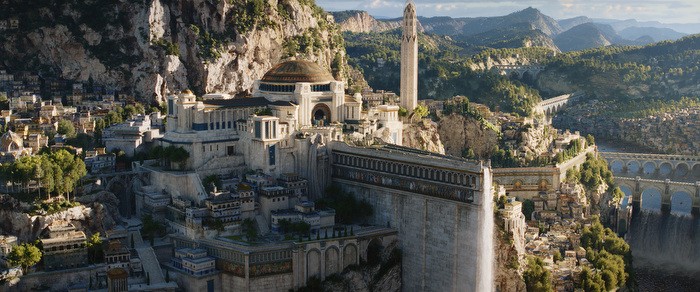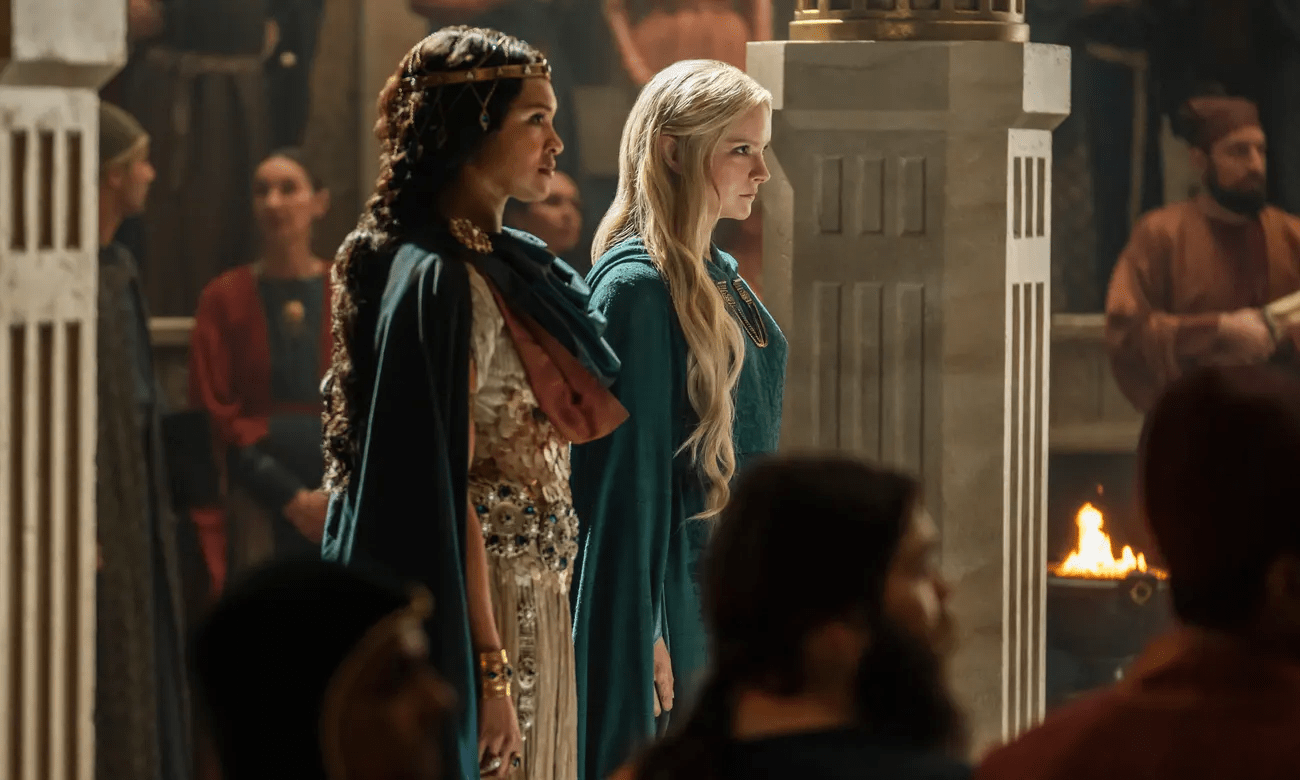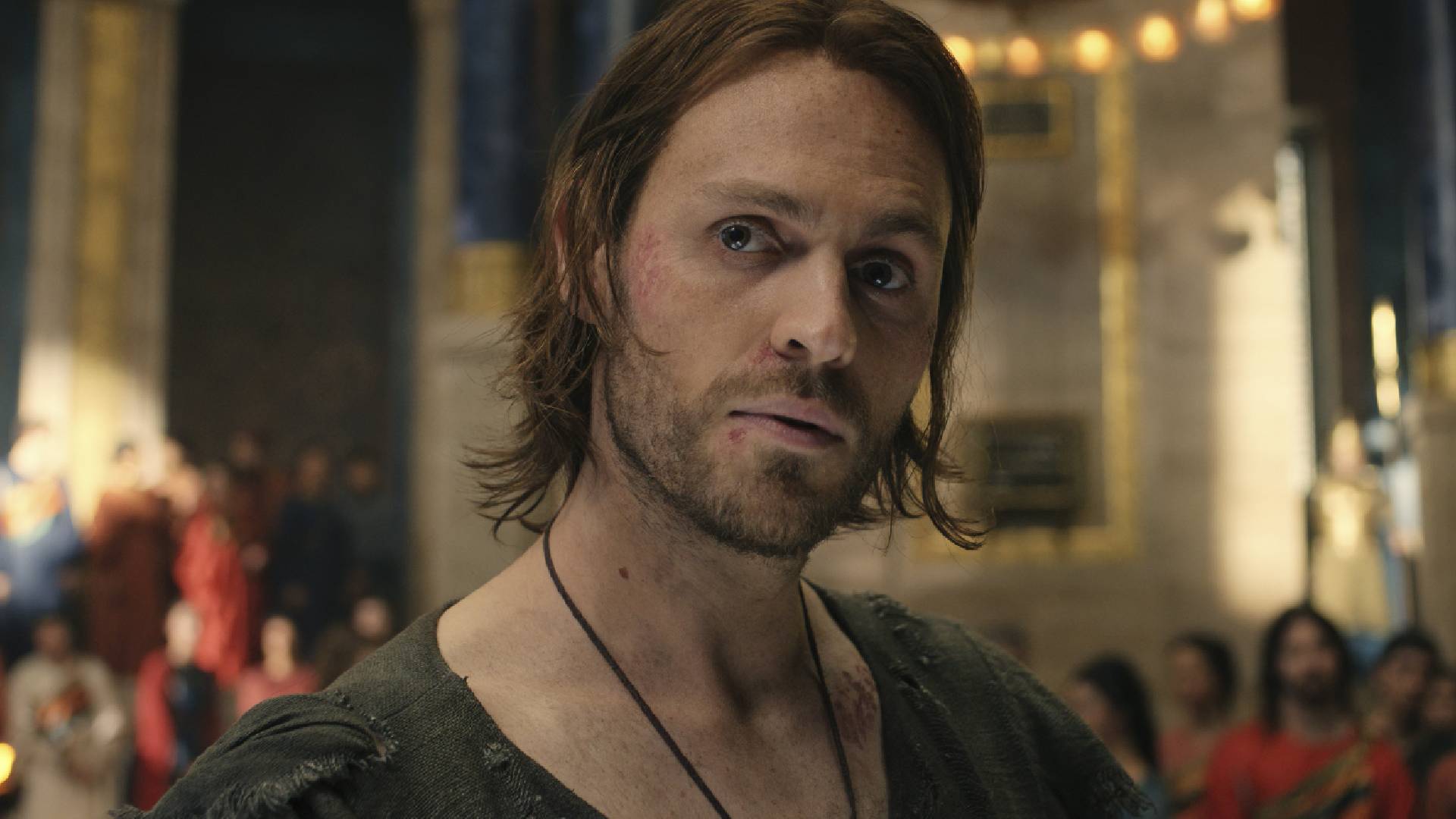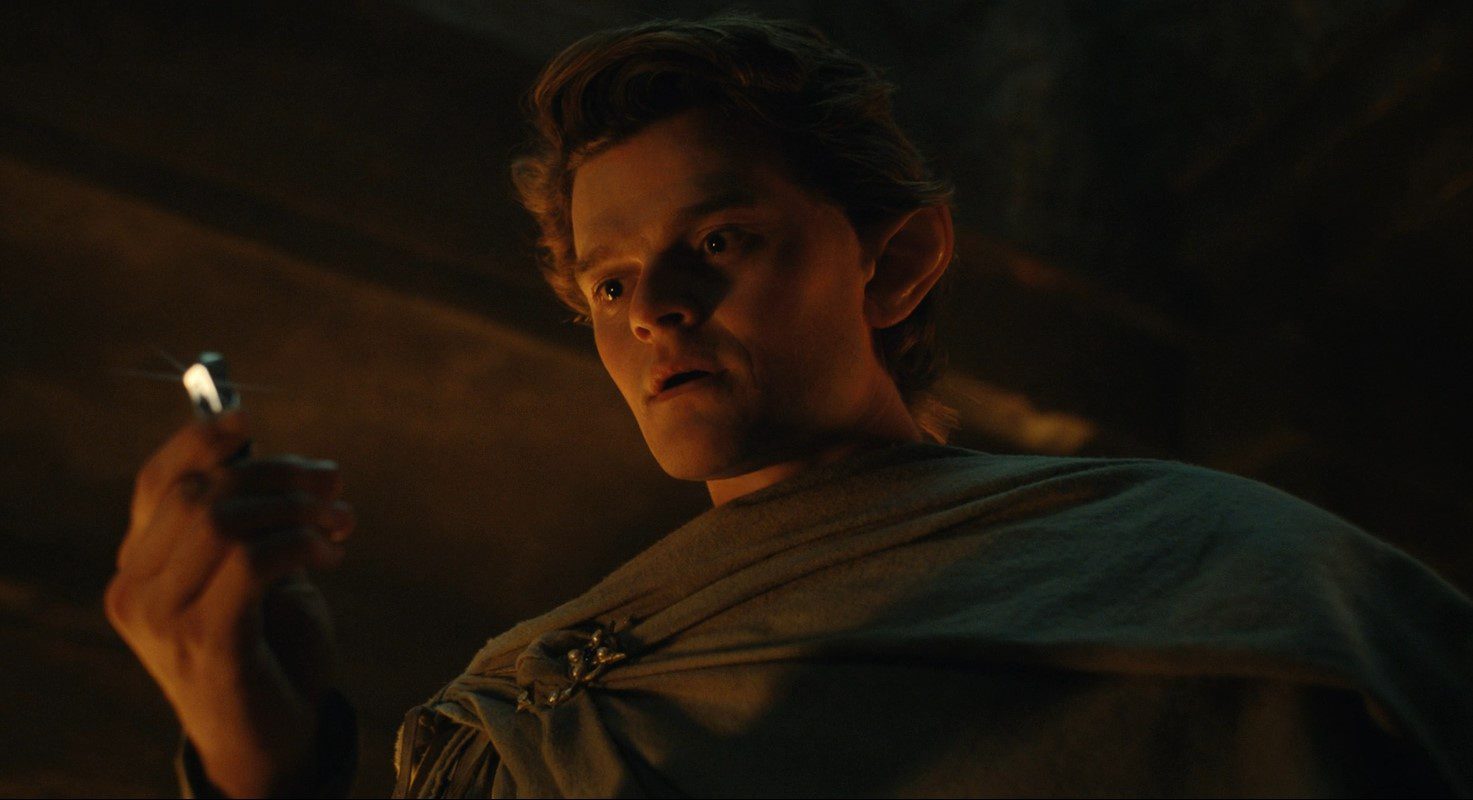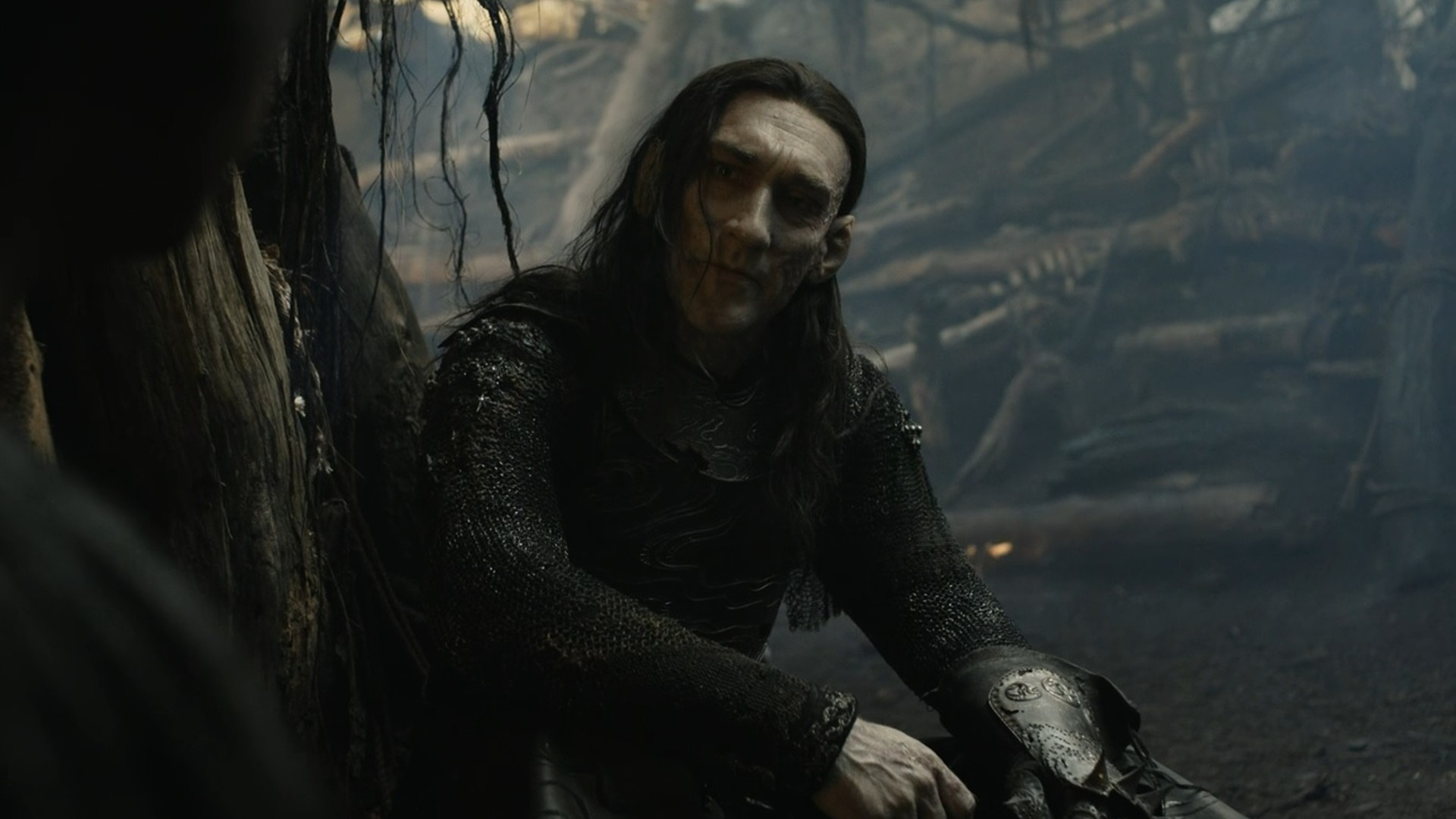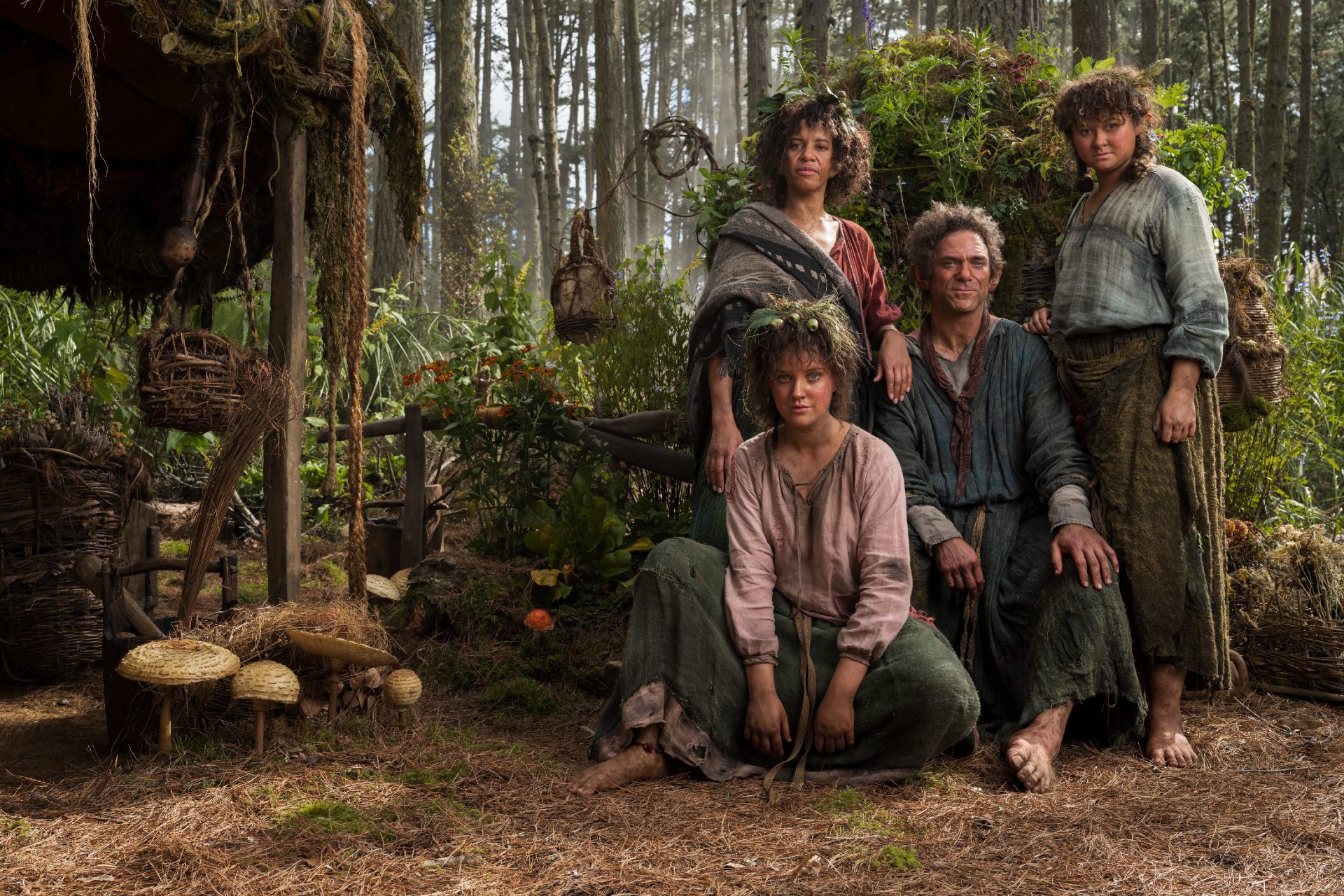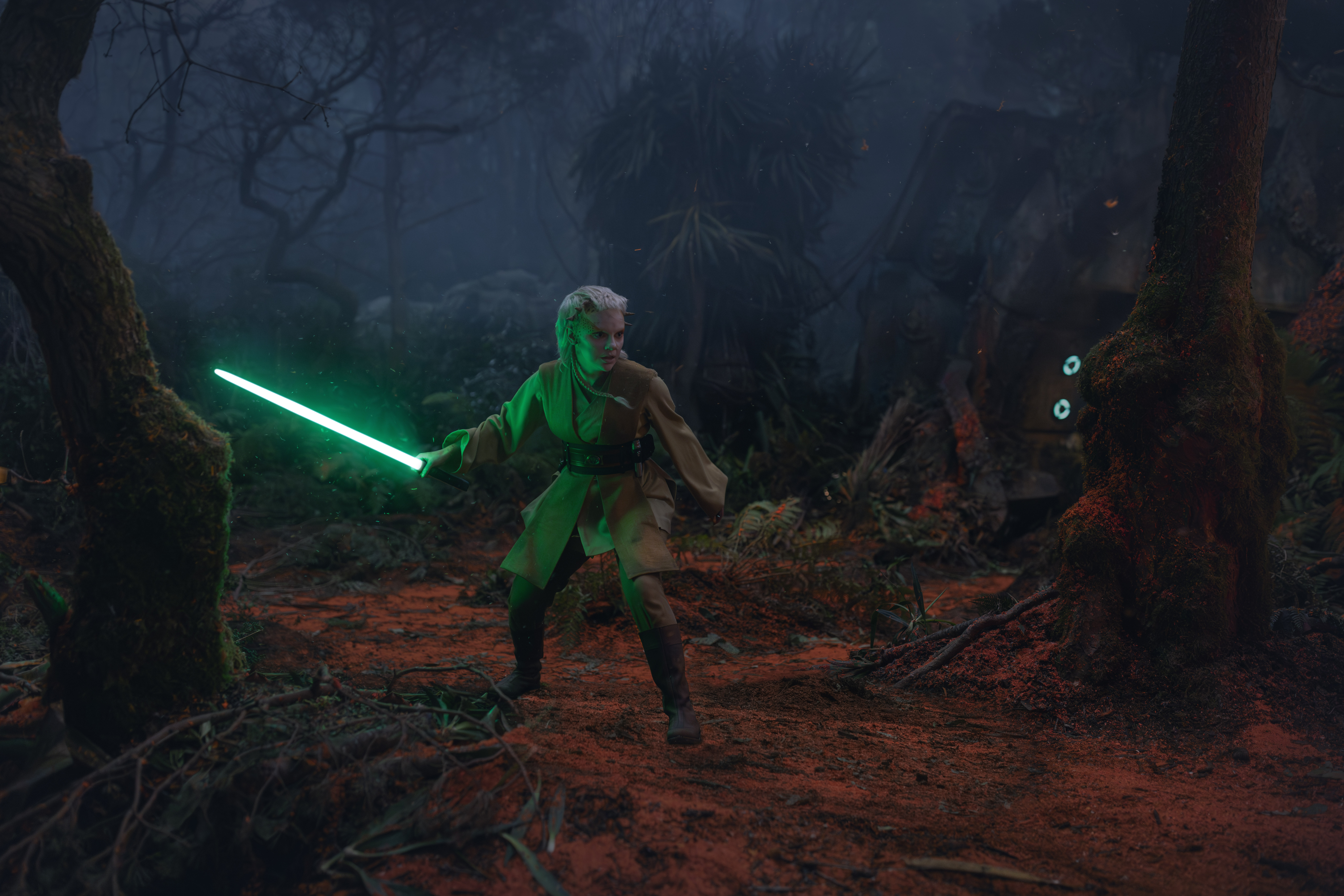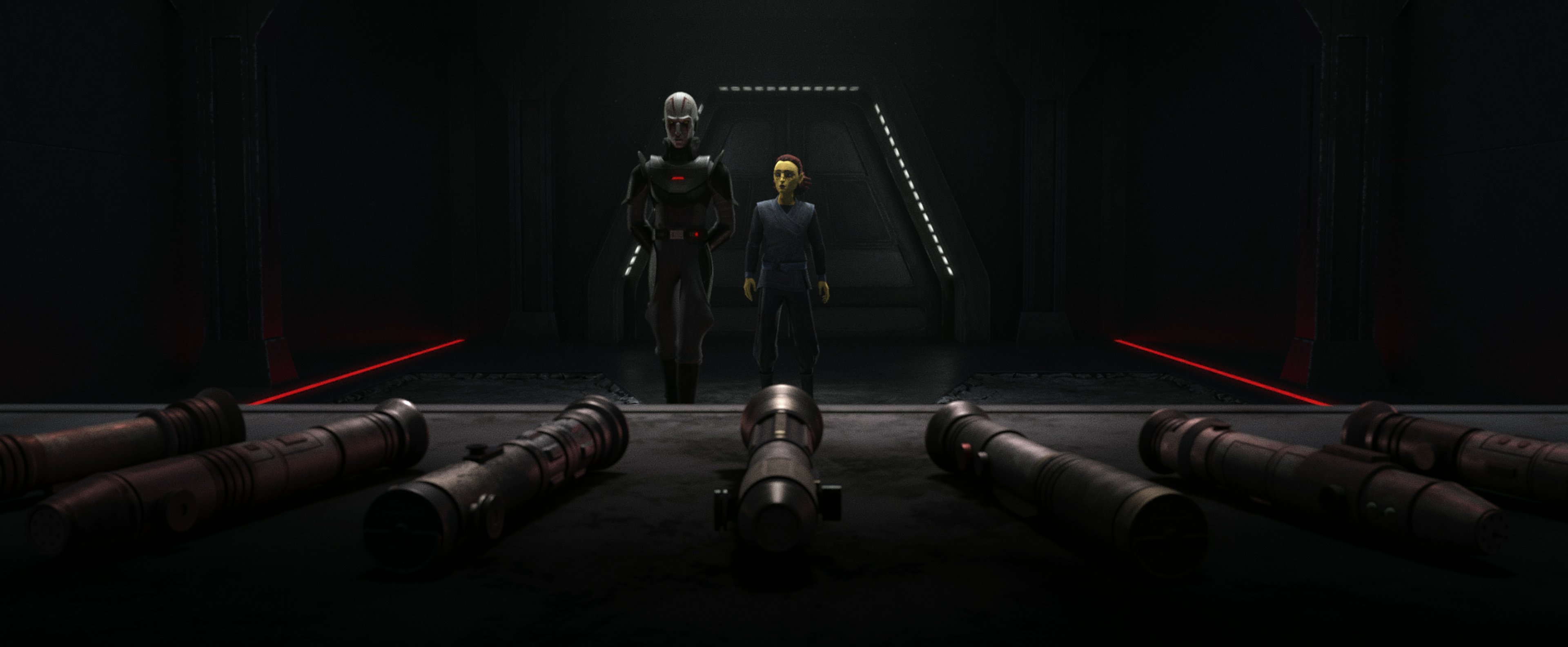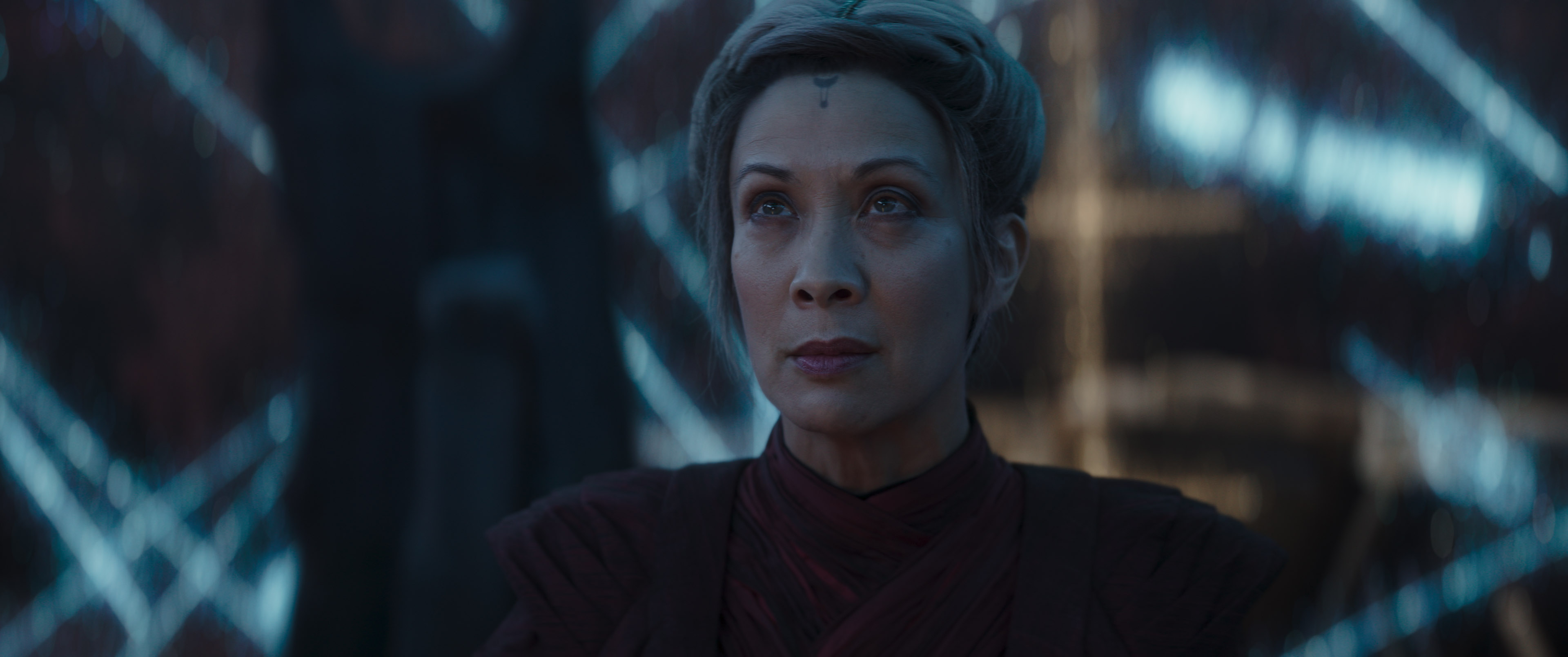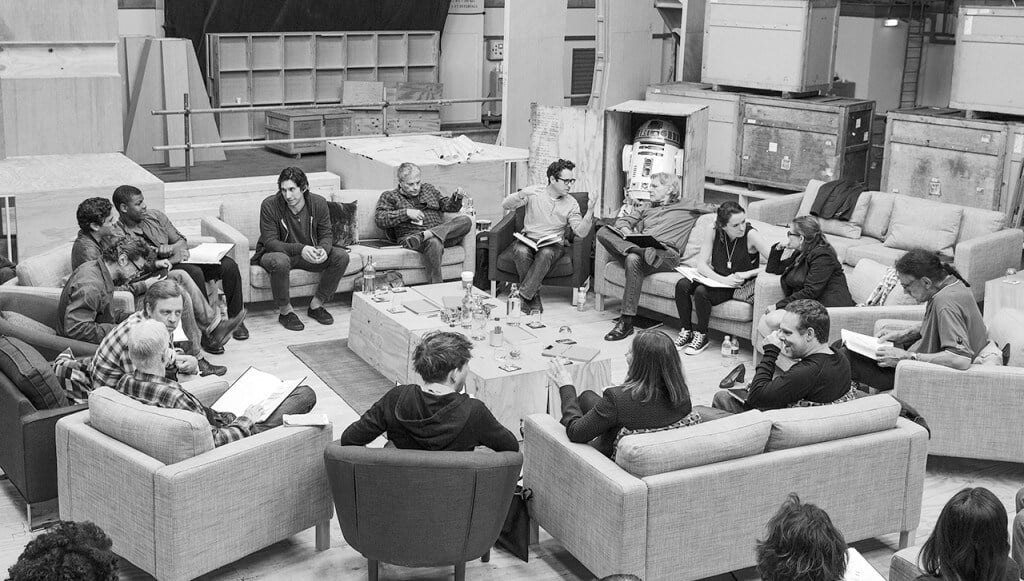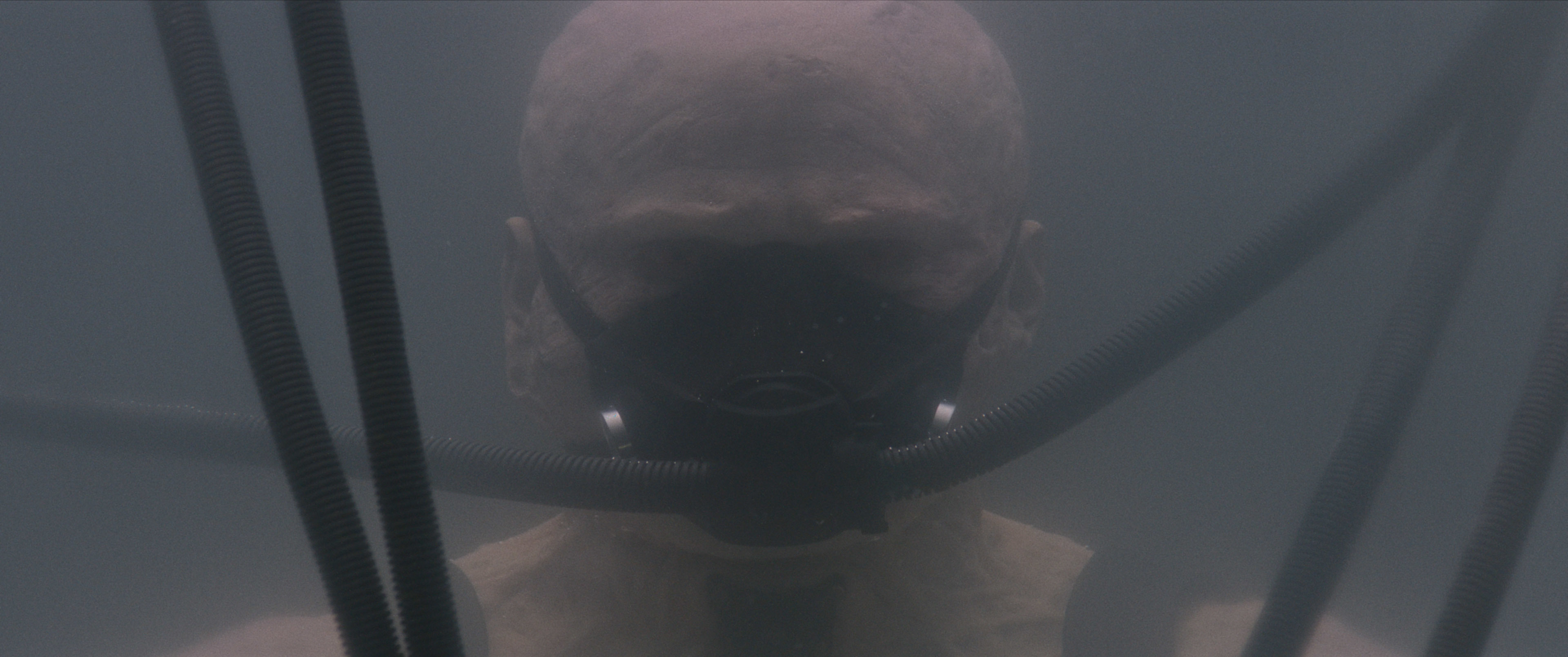‘The Rings of Power’ Episodes 3-4 Spoiler Discussion
With the third and fourth episodes of Prime Video’s The Rings of Power already out for a few days, we discuss in detail what went down in both entries and how that affects what might happen in the future.
The best adaptations in cinematic and television history are the ones that keep the true spirit of the source material while not caring as much about being faithful to the actual events of the original story. At the end of the day, all that matters is that you make a good movie or show, not that you appealed to the few people that were familiar with it to begin with. The truly great adaptations manage to do both. This is why, when Peter Jackson made his Lord of the Rings trilogy, audiences worldwide were mesmerized, whether they had read the books or not — Jackson brought The Shire from Tolkien’s pages to the screen, and it didn’t matter whether you were already familiar with it or not.
Even if Jackson didn’t write Tom Bombadil or gave Prince Imrahil something to do (a name that is brought up in these two episodes, to my absolute delight), and even if he expanded the Battle of Helm’s Deep from a 20-page sequence to the greatest battle sequence ever put to film in over 20 minutes, he was faithful to the core values of the story Tolkien wrote. It’s a story about good vs. evil, human nature, friendship, and honor. These elements have always been the core of what Jackson made, and what I also took from reading the books. They are the two pillars of The Lord of the Rings, they are behind my favorite sequences in the original trilogy, and I am absolutely thrilled that JD Payne and Patrick McKay have kept that flame alive in The Rings of Power.
Honor is what brought King Théoden to, despite his first hesitance (to say the least) to send an army to aid Gondor when Mordor came for them, at once say “And Rohan shall answer” when the beacons were lightened. My highest hope for The Rings of Power was to, one day, be able to have such an impactful moment captured on screen again. Not even in my wildest dreams did I imagine that, already in season 1, the writers would come pretty close to that. But when tears started going down my face after the credits rolled on episode 4, I realized I had just watched one of my favorite moments on television.
It was the culmination of a two-episode arc that finally brought Númenor to life, by far my most anticipated element in the show, and the one I think the filmmakers delivered on the best. When growing up, I would constantly insert the Lord of the Rings discs on my DVD player and jump to my favorite moments from the movies: Aragorn and Théoden’s last charge against the orcs in Helm’s Deep (and Éomer’s arrival), the lighting of the beacons, Rohan’s arrival on Minas Tirith, Aragorn’s arrival on Minas Tirith, “For Frodo”, “You bow to no one”, etc. I can imagine myself now as a little kid watching The Rings of Power over and over again, and jumping forward to the sequence in episode 3 where Númenor is finally introduced, as well as the final three minutes of episode 4.
We had already seen glimpses of the arrival sequence at Númenor in the trailers, and after listening to the score, I knew it would be something special. But even then, I was not prepared for the gut punch that it was. Beyond these two scenes, there’s a lot to unpack in the Númenor subplot alone. First, I would like to point out how Galadriel continues to be a fierce character, and going back to watch the earlier episodes is a great exercise to notice that. She’s been saying from the beginning that she’s gonna collect an army and, despite everybody doubting her, she eventually did. The writers are giving more meaning to the show’s opening sequence, which had Galadriel ignoring the other kids that told her she wouldn’t be able to make her boat float. I wonder if there will be an equivalent of those characters now sinking the ship.
Her companion, Halbrand, was revealed to be the heir to the throne of the Southlands. It’s a very Aragorn-like story for a very Aragorn-looking character, so my guess is that there must be more to it. I was expecting this reveal to happen, but I was surprised that it happened so early in the season. The most likely scenario is that Halbrand will become the Witch King after being corrupted by the Rings of Power. Another theory that was floating around before episode 3 was released is that he’s Sauron in disguise — episode 3 definitely made me scratch that theory, but then episode 4 sort of brought it back into my mind. When looking at it closely, it was actually Halbrand who indirectly convinced the Númenóreans to go to the Southlands when he made Galadriel realize that the key was Tar-Palantir, a manipulative move that could either be him looking for a return to his homeland and embracing his kingship… or one from Sauron in disguise. The question would then be: why would Sauron want the Númenóreans in the Southlands? Or why would he help Galadriel from being drowned in the Sundering Seas?
And rewatching episode 3, one could argue that there is a lot of darkness in Halbrand’s alley fight. This is by far my least favorite scene in the show — it’s definitely far from Game of Thrones‘ levels of violence, but it’s more violent than anything Tolkien wrote or inspired so far, and seeing blood on the lens did not make it an easier watch for me. And not because I cannot handle violence, but because I don’t think this is Lord of the Rings-worthy. I hope they don’t match surpass that in later episodes.
Episode 3 also brought us the introduction of Elendil, a character that embodies everything Aragorn would have stood for. We also got a sense of his son, Isildur, and can already see the seeds of how he will eventually refuse to throw the Ring into the fire of Mount Doom, while his father, Elendil, would have done it in a split second. Retroactively, this also makes Aragorn’s struggles in the Peter Jackson trilogy all the more compelling — is he an Elendil or an Isildur? And lastly, we also had the chance to meet Eärien, a new character to the Tolkien lore, and who I feel will have a larger presence in future episodes. She was basically presented in episode 3 as Isildur’s sister alongside the tease of an upcoming subplot. We’ll definitely be exploring more of her skills in episodes to come.
Jumping over to Middle-earth, we got some development from the Elrond subplot. Celebrimbor’s tower is already being built, and Elrond has found out about Durin’s little secret. The dwarves have discovered mithril, probably the most precious metal ever found. It is very light and very strong at the same time, and it will be used as a powerful weapon in war, something that has the dwarves on their feet and very sensitive about that piece of information leaking out. While I’m still bothered by Elrond being played by everyone around him, and essentially acting as a connective thread between the two worlds rather than being a character of his own, I am, too, absolutely in love with Robert Aramayo’s portrayal of the character.
In Peter Jackson’s trilogy, Elrond was always the toughest nut to crack. And for good reason, as the movies explained: he was very suspicious of men after seeing them mess up with fate so many times, and was also extremely protective of his daughter. But that is the more veteran part of the character — Aramayo’s version has not seen all of that yet, and he’s still very naïve and, essentially, the heart of the show. He is gentle and warm, and his speech about Eärendil and how he’s always trying to live up to his father’s legacy was one of the best parts of episode 4, especially if you realize how essential his father is to the history of Middle-earth.
In that episode, we also saw Durin dealing with a small incident in the mine that nearly killed four dwarves after they essentially dug too deep. The hint is very clear here — “The dwarves delved too greedily and too deep. You know what they awoke in the darkness of Khazad-dûm… shadow and flame.” This is how we’re getting the Balrog that we saw during the Comic-Con trailer. And that is undoubtedly happening within the next couple of episodes.
Much like the first two episodes work very well together, episodes 3 and 4 work in tandem excellently. Things set up in the third episode are paid off in the fourth one, and some storylines that were not brought up in one of them… appear in the other one — the Elrond-Durin subplot is the perfect example of that. In fact, “Adar” is the title of the third episode, but the father-offspring relationship is a key part of both episodes. Queen Míriel’s regime is blatantly marked by her relationship with her father, Tar-Palantir, as we are told in the fourth episode. Durin’s relationship with his father is also a key character beat, and so is Elrond’s.
The name Adar, however, holds a special meaning to the orcs. In these two episodes, we meet the character that goes by that name, played by Joseph Mawle, who is actually not an orc. In fact, all signs point to Adar being an elf that was either corrupted by Morgoth during the First Age, or that abandoned the elvish ways later and decided to follow Morgoth’s. Not only he is the effective ruler of the orcs that are living in the Southlands, but he has also given them a purpose in life. When he has to sacrifice an orc to keep him from suffering any longer, none of them blink an eye. I’m very interested to see his relationship with Sauron if there’s any. Right now, it seems like Adar is the Saruman version of The Rings of Power.
In the third episode, we saw how the orcs have basically enslaved the elves from Ostirith that were watching over the Southlands, and possibly the people from Hordern as well. They are looking for something and will not be stopped — the scene where Arondir is forced to cut down the tree is one of the most emotional scenes of The Rings of Power so far, showing us how much elves are in tune with nature. As we see in the fourth episode, it’s clear the object they are seeking is none other than Theo’s sword, which, as expected, will have a large part to play in the series. In fact, it seems like the sword has marked Theo and is now identifying him as a Sauron follower — Morgoth’s, and now Sauron’s influence, is very obvious in the Southlands, as we get to see in the fourth episode, with his supporters hiding in plain sight. I wonder if the show will even go there, but right now, it seems like the story is implying that Theo is going to turn and side with the orcs (maybe even become one himself), forced by the sword, and that Bronwyn will have to look for a way to break the curse or even end his son’s life — a powerful arc that might be too grotesque for The Rings of Power, and one I’m unsure about for now.
We’ve one more storyline to go, and that is the harfoots’. It is no coincidence I left this one for last, as it’s the one I’m least interested in for now. I appreciate the fact that the showrunners set up a mystery box of sorts in each of the subplots to keep our interest, especially in these last two — what is Theo’s sword, and who is The Stranger? For now, the harfoots’ subplot is the one moving the slowest for me, and even though I’m fond of them, let’s just say that I didn’t mind at all they didn’t appear in the fourth episode. In the third one, the Stranger already revealed himself to the tribe, and, after being an indirect source for Nori’s father’s wound, he will now help them keep up with the rest. The series still isn’t answering the question of who he is, and now that we’re halfway through the season, and have plenty of questions and no answers, I’m beginning to think they will either leave a half-answer for the season finale, or leave the question hanging for following seasons.
The most obvious answer right now is that he is a wizard, and because of Tolkien’s writings, he’s probably a blue wizard. As far as we know, the blue wizards are two of the five wizards that were in Middle-earth during the Third Age (in addition to Gandalf, Saruman, and Radagast), but other than that, they are an open canvas, leaving plenty of room for the writers to come up with their own storyline. I thought that the fact that he showed up to the harfoots was no coincidence and could point to this being Gandalf — while it would be a cool reveal, I understand that the showrunners would not want to lean that way. There’s also one more thing: in episode 4, it is implied again that the meteor is a force of evil. This was already teased in the first episode, when one of the golden leaves that fell from one of the trees in Lindon turned to ash. I believe it is quite obvious this character will not end up an ally, but I still don’t think he is Sauron despite what his supporter claimed in the fourth episode when talking to (and scaring) Theo.
There is a lot going on in The Rings of Power, and it looks like we’re getting some action this week, with Númenor going to the Southlands and preventing the dark forces from conquering the region that will eventually be known as Mordor. We know that they will be defeated, but something tells me that loss will not come yet, and the showrunners might keep it for when Sauron eventually reveals himself. We shall see, but hopefully, we’ll start getting some answers soon (even though the fun part lies in not getting them and speculating about what might happen next).
Stay tuned for more discussions on The Rings of Power coming soon.
Miguel Fernández is a Spanish student that has movies as his second passion in life. His favorite movie of all time is The Lord of the Rings, but he is also a huge Star Wars fan. However, fantasy movies are not his only cup of tea, as authors like Scorsese, Fincher, Kubrick or Hitchcock have been an obsession for him since he started to understand the language of filmmaking. He is that guy who will watch a black and white movie, just because it is in black and white.

